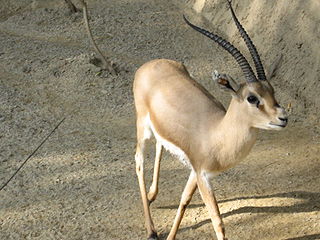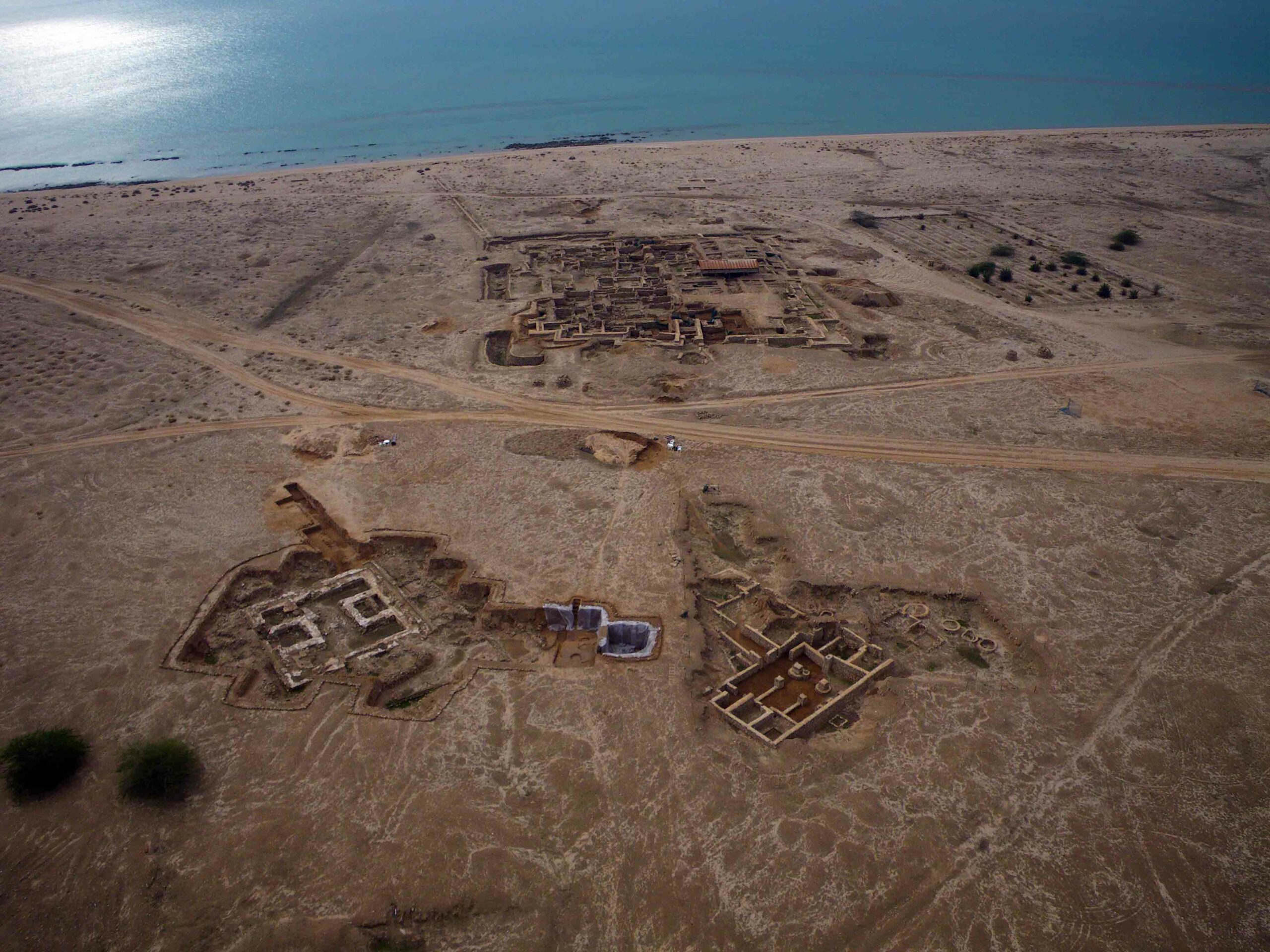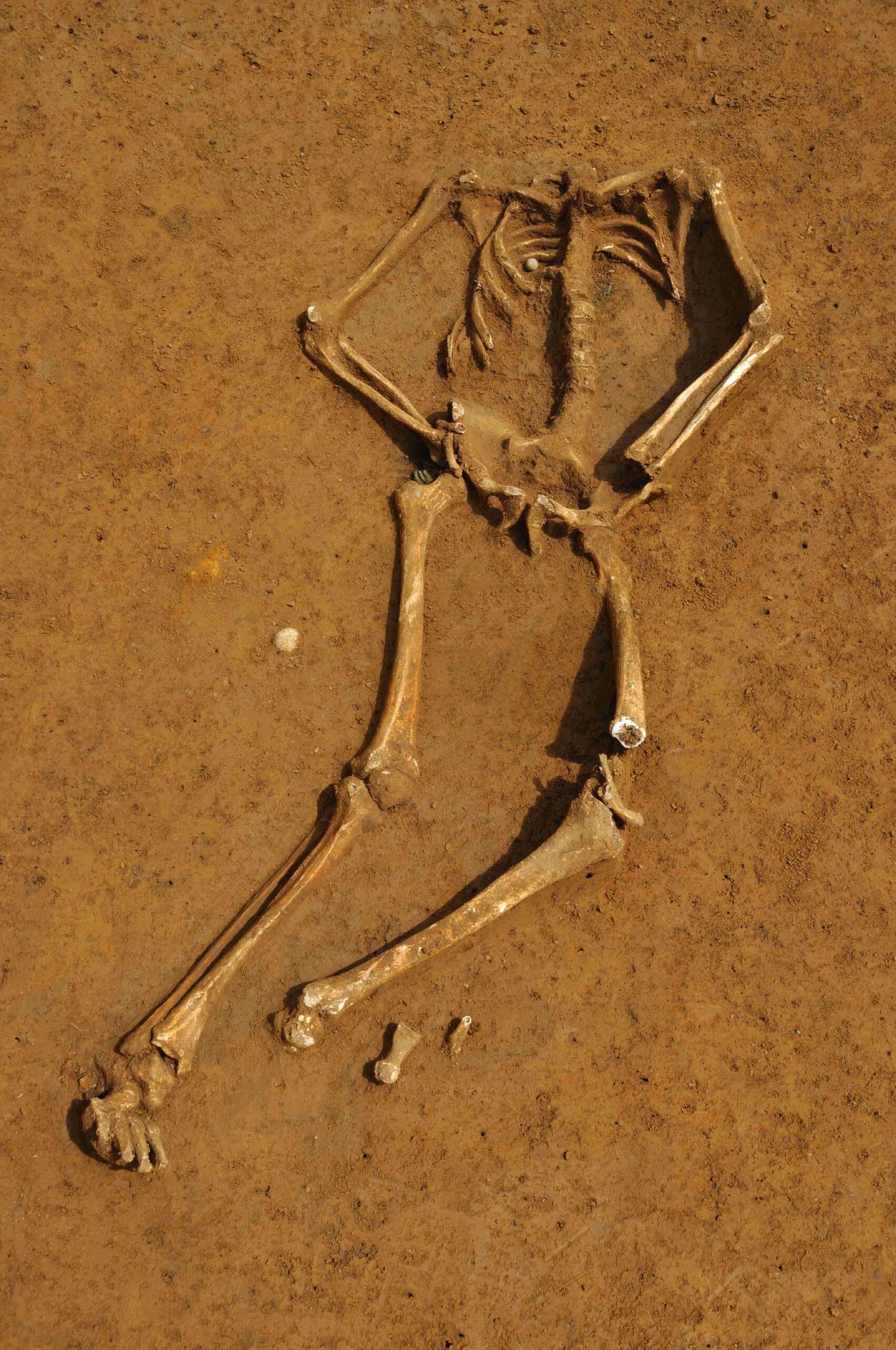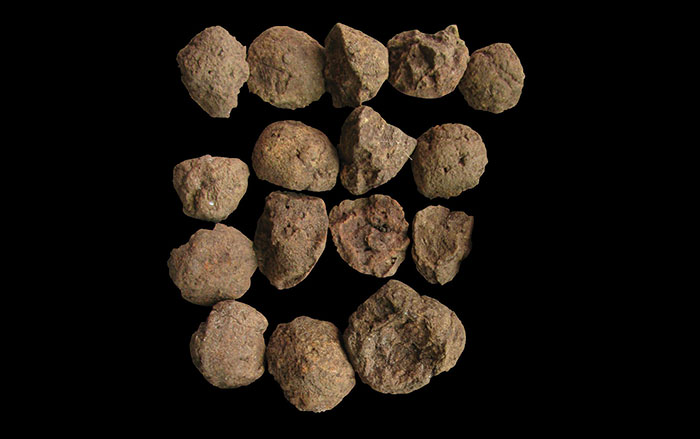
WACO, TEXAS—Thousands of butchered animal bones bearing two-million-year-old tool marks have been uncovered at the Kanjera South site in Kenya by anthropologist Joseph Ferraro of Baylor University. The bones represent entire gazelles and other relatively small animals that may have been killed by Homo erectus hunters and taken back to Kanjera South, where they were butchered. Few animal tooth marks on the bones support the idea that the animals were killed by hominids. Additional skulls and jaws from larger animals such as antelope and wildebeests suggest that human ancestors also scavenged the heads left behind by large predators in order to eat the nutritious brain tissue. There are no signs of cooking at Kanjera South, however.










